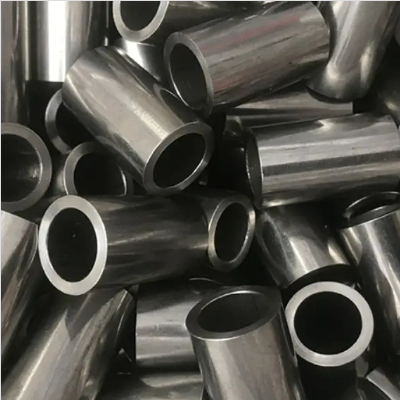Mobile:+86-311-808-126-83
Email:info@ydcastings.com
Aluminum Pressure Die Casting Techniques and Applications for Enhanced Industrial Use
The Advantages of Aluminium Pressure Die Casting
Aluminium pressure die casting is a manufacturing process that offers significant advantages for producing complex and high-precision metal components. By utilizing this technique, manufacturers can create lightweight yet durable products suited for various applications, from automotive parts to consumer electronics. This article explores the benefits, process, and applications of aluminium pressure die casting, shedding light on why this technique remains a popular choice in modern manufacturing.
Overview of the Process
Aluminium pressure die casting involves forcing molten aluminium into a mold cavity under high pressure to produce a desired shape. The process typically begins with heating aluminium to its melting point, followed by injecting the molten metal into a steel die at rapid speeds. Once the metal cools and solidifies, the die is opened to reveal the finished part.
This method can be differentiated into two primary techniques hot chamber and cold chamber die casting. In hot chamber die casting, the melting pot is integrated with the injection system, allowing for continuous operations with low melting point alloys. Conversely, cold chamber die casting involves pouring molten metal into the injection cylinder, making it more suitable for high-temperature alloys like aluminium.
Key Advantages
1. Complex Geometries One of the main benefits of aluminium pressure die casting is the ability to create intricate shapes and designs that are difficult or impossible to achieve with traditional metalworking techniques. The high precision of the molds allows for detailed features, ensuring that the final product meets stringent specifications.
2. High Production Efficiency Aluminium pressure die casting is exceptionally efficient for high-volume production. The process allows manufacturers to produce thousands of parts quickly and with minimal waste, significantly reducing the manufacturing cost per unit. This efficiency makes it an attractive option for companies looking to scale their production.
3. Superior Surface Finish The process yields parts with a high-quality surface finish that often requires little to no additional machining. This saves time and resources in post-processing, allowing the parts to be used directly in applications or requiring only minor refinements.
4. Lightweight yet Robust Aluminium is known for its excellent strength-to-weight ratio. Parts produced through die casting are both lightweight and structurally sound, making them ideal for industries where weight is a critical factor, such as aerospace and automotive.
aluminium pressure die casting

5. Excellent Dimensional Tolerance The precision of the die casting process ensures that parts are made with a high degree of dimensional accuracy. This reduces the likelihood of defects and the need for further adjustments, leading to a decrease in production costs and time.
6. Environmental Sustainability Aluminium is a recyclable material, and using it in die casting contributes to sustainable manufacturing practices. The recycling process for aluminium uses only about 5% of the energy required to produce new aluminium from bauxite ore, making it an environmentally friendly choice.
Applications of Aluminium Pressure Die Casting
Aluminium pressure die casting is employed across various industries due to its versatility.
- Automotive Industry The automotive sector relies heavily on this process to manufacture components such as engine blocks, transmission cases, and decorative trim. The lightweight nature of aluminium contributes to improved fuel efficiency in vehicles.
- Consumer Electronics From housings for smartphones to casings for laptops, aluminium pressure die casting allows manufacturers to produce durable and lightweight enclosures that can withstand daily use.
- Industrial Machinery Many industrial tools and equipment require precise components made from robust materials. Die-cast aluminium parts meet these demands, providing reliability and strength.
- Aerospace In the aerospace industry, where weight reduction is vital for efficiency and performance, die-cast aluminium components are commonly used in various applications, including structural parts and components for engines.
Conclusion
Aluminium pressure die casting is an impactful manufacturing technique that combines precision, efficiency, and sustainability. Its ability to produce complex geometries with superior surface finishes makes it a sought-after process across numerous industries. As technology advances and industries evolve, the role of aluminium pressure die casting in product development and manufacturing will continue to grow, paving the way for innovation and improved sustainability in production practices.
-
Why Should You Invest in Superior Pump Castings for Your Equipment?NewsJun.09,2025
-
Unlock Performance Potential with Stainless Impellers and Aluminum End CapsNewsJun.09,2025
-
Revolutionize Your Machinery with Superior Cast Iron and Aluminum ComponentsNewsJun.09,2025
-
Revolutionize Fluid Dynamics with Premium Pump ComponentsNewsJun.09,2025
-
Optimizing Industrial Systems with Essential Valve ComponentsNewsJun.09,2025
-
Elevate Grid Efficiency with High-Precision Power CastingsNewsJun.09,2025











